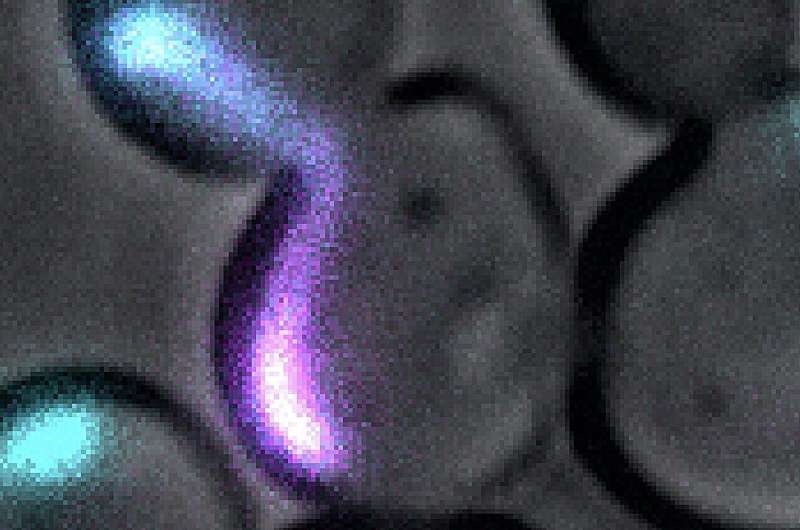Research reveals fission-independent compartmentalization of mitochondria during budding yeast division

published in the Journal of Cell Biology by the Barral group (IBC) reveals that mitochondria establish diffusion barriers independently of physical separation. Constitutive inner membrane barriers and inducible outer membrane barriers restrict material exchange between compartments.
Mitochondria, the powerhouses in eukaryotic cells, play essential roles in cellular functions, and maintaining their quality is vital for cell survival. Traditionally, mitochondrial fission was thought to be necessary for segregating mitochondria of varying quality.
In the study, the Barral group unveils the presence of lateral diffusion barriers within continuous mitochondria. Surprisingly, these barriers persist in the absence of fission factors, challenging the notion that physical separation is crucial for creating mitochondrial boundaries.
The study identifies diffusion barriers at the bud neck and near the cell poles. Barriers in the inner mitochondrial membrane exist constitutively whereas barriers in the outer mitochondrial membrane are formed in response to stresses. Furthermore, the strength of these barriers is positively regulated by spatial cues from the septin axis and negatively by retrograde signaling.
Based on these observations, the authors propose that mitochondrial diffusion barriers promote mitochondrial polarity. The findings redefine our understanding of mitochondrial quality control, establishing mitochondrial diffusion barriers as a new cornerstone.
More information: Saori R. Yoshii et al, Fission-independent compartmentalization of mitochondria during budding yeast cell division, Journal of Cell Biology (2024).
Journal information: Journal of Cell Biology
Provided by ETH Zurich



















